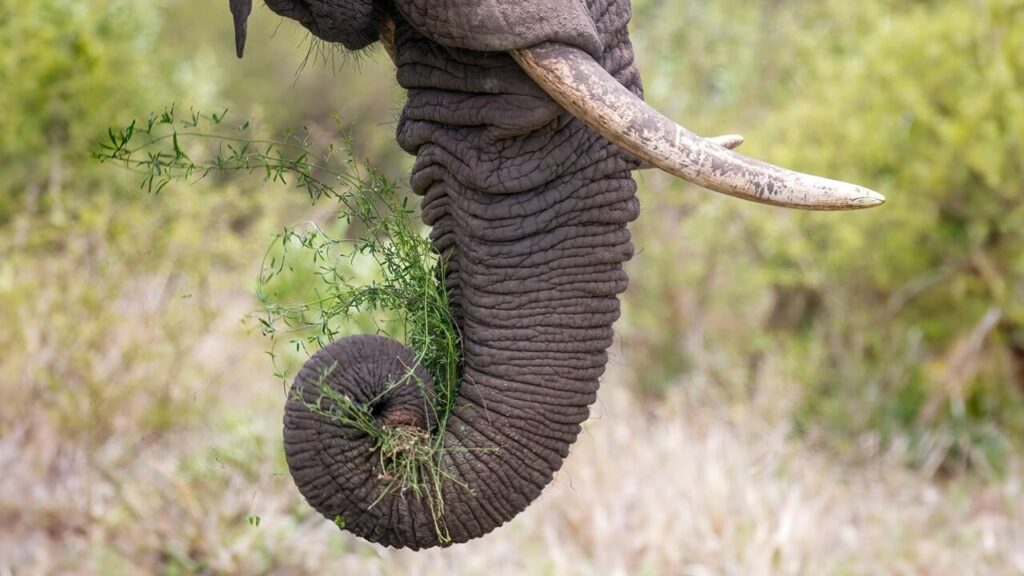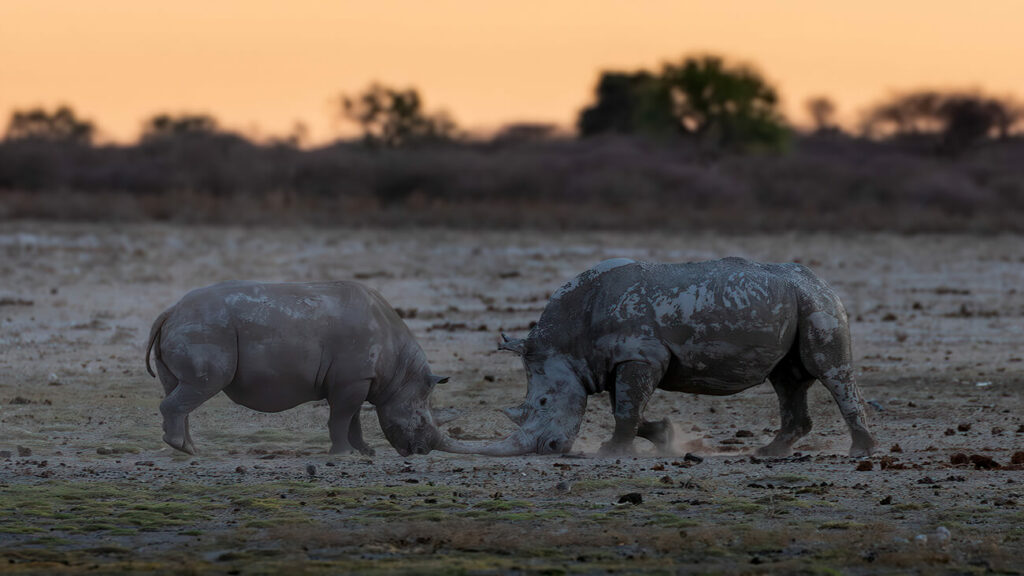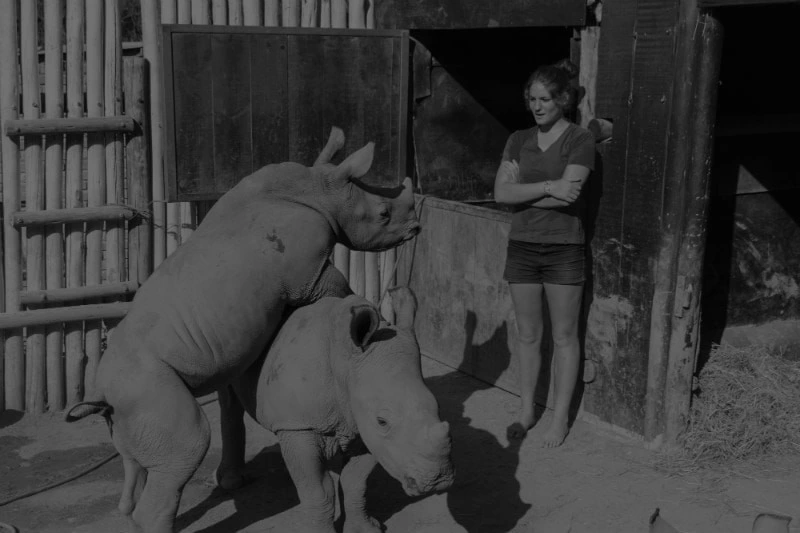Painted Wolf: Africa’s Cooperative Hunter
Discover the Painted Wolf: Unique Canid of Africa
The painted wolf, or African wild dogs, also known as Lycaon pictus, are a unique and fascinating species of canid found in sub-Saharan Africa. They are known for their distinctive coat patterns, which feature a mix of brown, black, and white fur, as well as their large ears and long legs. African wild dogs are also known for their high levels of sociality and cooperation, which makes them one of the most intriguing animals to study.
They are known to be highly adaptable and can survive in a wide range of environments, primarily in savannah and grassland habitats, but can also be found in woodlands, forests and even desert regions.

Painted Wolf Facts: Size, Speed, and Survival
- Weight: Adult African wild dogs can weigh between 18 – 36 kg
- Lifespan: 10 – 12 years
- Speed: African wild dogs are able to run at speeds of up to 70km/h
- Diet: African wild dogs are carnivores and primarily feed medium-sized antelope.
- Threats: African wild dogs are threatened by habitat loss, human persecution, disease, and competition with other predators.
- Reproduction: African wild dogs have a gestation period of around 70 days and give birth to a litter of 6-20 pups.
Painted Wolf Life: Adaptations and Social Structure
These animals live in packs, with a complex hierarchy and communication system. They live in packs that are typically composed of a dominant breeding pair and their offspring. These packs are led by a dominant alpha pair, who are responsible for making decisions and leading the group. African wild dogs are also known to be highly cooperative and work together to hunt and take care of their young.

Inside the Pack: Painted Wolf Communication & Hunting
They communicate through a variety of vocalizations, including barks, whines, and growls, as well as through chemical signals such as scent marking. African wild dogs are known to be highly effective hunters, with hunting success rates of around 80%. They hunt as a pack, with each individual playing a specific role in the hunt.
Threats to the Painted Wolf: Can We Save Them?
African wild dogs are threatened by several factors, including habitat loss, human persecution, disease, and competition with other predators. Their populations have declined significantly over the last century. Current estimates indicate that there are only around ~6,600 individuals remaining in the wild (formerly ~500 000 individuals). Habitat loss is a major threat to African wild dogs. This reduces the amount of suitable habitat available for these animals to live in. Human/Wildlife conflict is also a major threat to African wild dogs as these animals are heavily persecuted against by livestock farmers.
Additionally, diseases such as rabies and distemper can have a devastating impact on wild dog populations, and competition with other predators such as lions and hyenas can also limit their chances of survival. Puppies are born in a den and are cared for by the entire pack. The alpha female typically takes the primary role in nursing and caring for the young. Pups are able to begin eating solid food at around 3-4 weeks of age. The pups are fully weaned by 8-10 weeks.
Painted Wolf – Conclusion
African wild dogs are a unique and fascinating species of canid found in sub-Saharan Africa. They are known for their distinctive coat patterns, high levels of sociality and cooperation, and their adaptability to survive in a wide range of environments. African wild dog populations have declined significantly over the last century.
They are considered to be an endangered species due to habitat loss, human persecution, disease, and competition with other predators. Conservation efforts, Painted Wolf Monitoring, habitat protection, are important to ensure the survival of African wild dogs for future generations. It is also important to raise awareness about the importance of these animals and the threats they are facing. This can hopefully aid in generating support for conservation efforts.

Painted wolf puppies
Want to see Painted Wolves for yourself? Our Project let’s you join a Kalahari Safari to help African Wildlife or Contact Us for any other questions or read our Testimonials!






